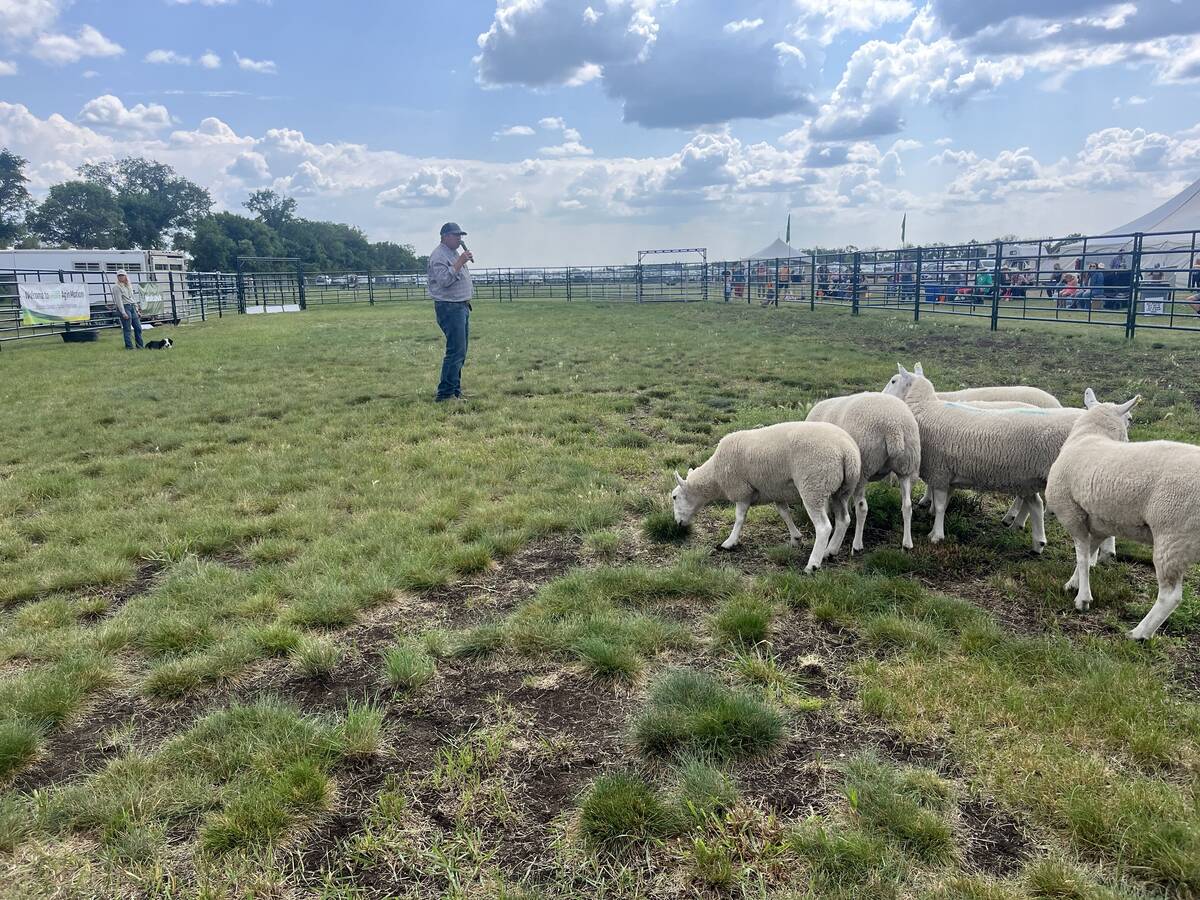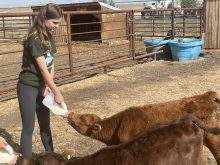Government offers a plan to increase staffing as rural health-care network remains strained in the province
Two recent announcements by Alberta government ministers are designed to help the province better deal with its surgery wait times and the shortage of rural physicians.
But those moves are unlikely to produce immediate results for rural hospitals.
Health Minister Jason Copping announced the province plans to boost its surgical capacity at hospitals in Edson and Rocky Mountain House along with Grande Prairie, Medicine Hat and Lethbridge, in addition to Calgary and Edmonton area hospitals.
The move is part of the province’s $133 million funding over three years announced in its 2022 budget to address surgery backlogs by opening new operating rooms and extending the operation hours of others.
Read Also

Stock dogs show off herding skills at Ag in Motion
Stock dogs draw a crowd at Ag in Motion. Border collies and other herding breeds are well known for the work they do on the farm.
Copping also announced $1 million in funding to explore the idea of training physicians in Lethbridge and Grande Prairie in an effort to better attract them to rural areas.
However, the province’s rural health-care network remains strained.
More than 30 rural hospitals in the province are experiencing reductions in service from Hardisty’s continuing closure of its emergency room that began in April 2020 to the most recent reduction in emergency room hours and acute care beds in Oyen announced at the beginning of the year.
Responding to questions about the immediate need to address shortcomings in rural health care now rather exploring ways to address the issue years down the line, Copping said, “help is on the way. This is just one piece of a much broader larger strategy.”
Copping said the Alberta government is working at building capacity through education of doctors, nurses and other health-care staff to address shortages in the short and medium term.
Providing quick accreditation for foreign-trained health-care workers is also a priority, said Copping.
“We know there is a shortage,” said Copping during the media availability on the potential for training doctors in more rural settings. “We know we need to staff our rural hospitals because it’s impacting services. We’ve already taken action and we will continue to take more action.”
Copping said shortages of staff in rural hospitals is nothing new but the pandemic took its toll on doctors and nurses, resulting in many retiring earlier than expected.
While doctor shortages in rural areas is nothing new, neither are government programs to address the issue.
In January 2022, the Alberta government announced $6 million in funding for its RESIDE program that sought to provide financial incentives to doctors to locate to more than a dozen rural communities in exchange for three years of service in those communities.
One year later, Copping said that program has attracted one doctor, far short of the 20 Alberta was hoping to attract during the first year of the program.
Copping said they’ve changed the criteria to open it up to more potential physicians.
In Medicine Hat, Dr. Paul Parks said more is at play when it comes to attracting talent to the province, especially in rural areas, than finances.
When it comes to government programs, the former head of the emergency medicine section of the Alberta Medical Association said it’s unclear how quickly such initiatives will work as more and more beds and emergency rooms are either closed or have reduced services.
In situations such as Hardisty’s, which has had its emergency room closed for more than two years, the problem is exacerbated by the length of time it’s been shuttered.
“Once you lose that critical mass of staff that have been working there for a while and is part of the team that recruits new people to come in, trains them and creates an environment that people want to move to — once you lose that, it’s so hard to get back,” said Parks.
“It would be difficult to think of any new (physician) grads that would want to go work in a small place knowing that team and resources don’t exist there.”
Trying to attract new health-care graduates to rural areas where there isn’t the support found in larger centres — where there is also a demand — is a hard sell, said Parks.
He said the move to explore the possibility of training doctors in more rural settings is positive but isn’t practical in addressing the problem in the short term.
“Where is the urgency and what is the short-term and medium-term plan while they do the critical longer-term plan?” asked Parks, adding that the training plan should have started a long time ago.
“What is missing, and which is concerning, is there is no provincial health-care workforce plan going on. We don’t have the major stakeholders all meeting and saying, ‘look, this is a dire crisis for us.’”
The lack of an emergency, large-scale overall plan to address the labour shortages will likely see the rural health-care problems continue.
“It makes me worried (the government) will just make little tweaks here and there and it’s going to be doomed to fail,” said Parks.
Alberta does have some good news regarding attracting physicians. Copping announced that more than 250 doctors moved to Alberta last year. However, he was unable to cite a figure of how many of those physicians moved to rural areas.


















